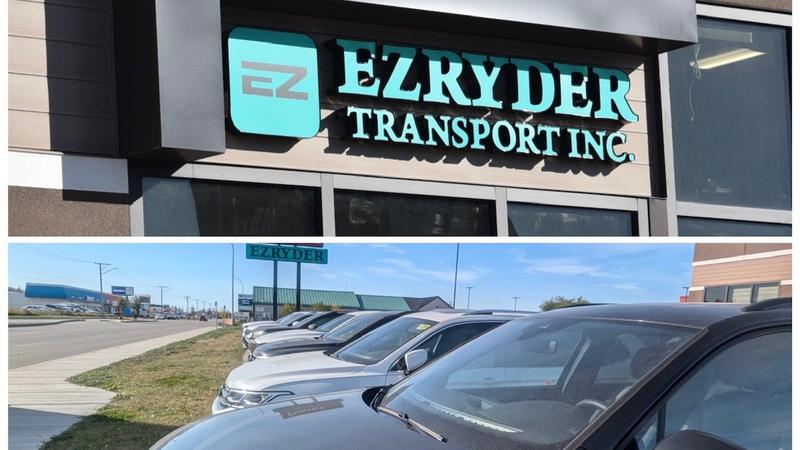
New riverbank interpretive signs honour Indigenous history
Prince Albert’s downtown riverbank is now home to seven new interpretive signs detailing the histories of the Indigenous groups that have lived in the area for thousands of years.
The informational displays are the result of nearly two years of work by the City of Prince Albert arts and culture department, Knowledge Keepers and the P.A. Historical Society.
Each panel features an introduction to one of the six area Indigenous groups in English and that group’s language. The Plains Cree, Woodland Cree, Swampy Cree, Dakota, Dene and Métis are all represented.
 Each sign features a metal cut out of an animal associated with that Indigenous group’s culture and way of life. (Alison Sandstrom/paNOW Staff)
Each sign features a metal cut out of an animal associated with that Indigenous group’s culture and way of life. (Alison Sandstrom/paNOW Staff)




